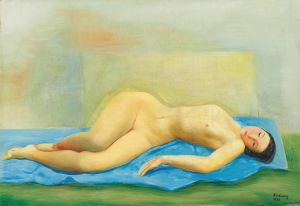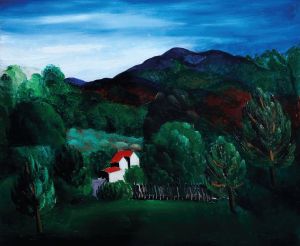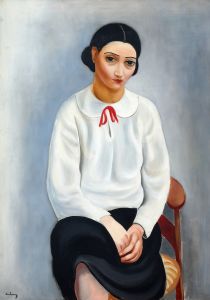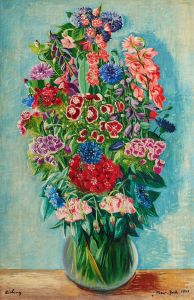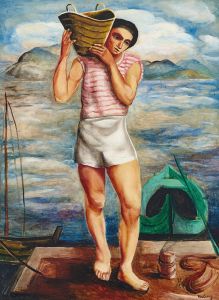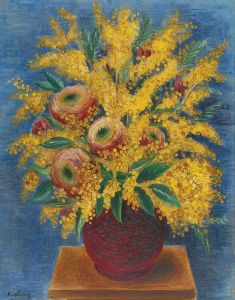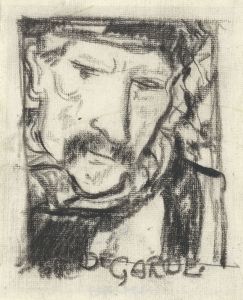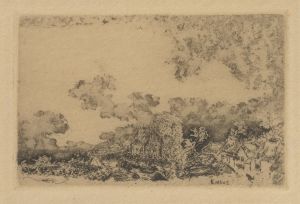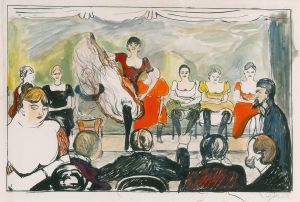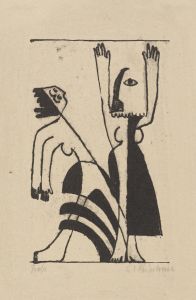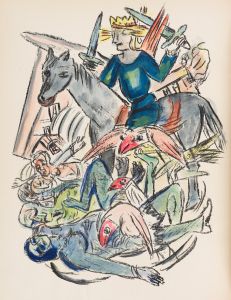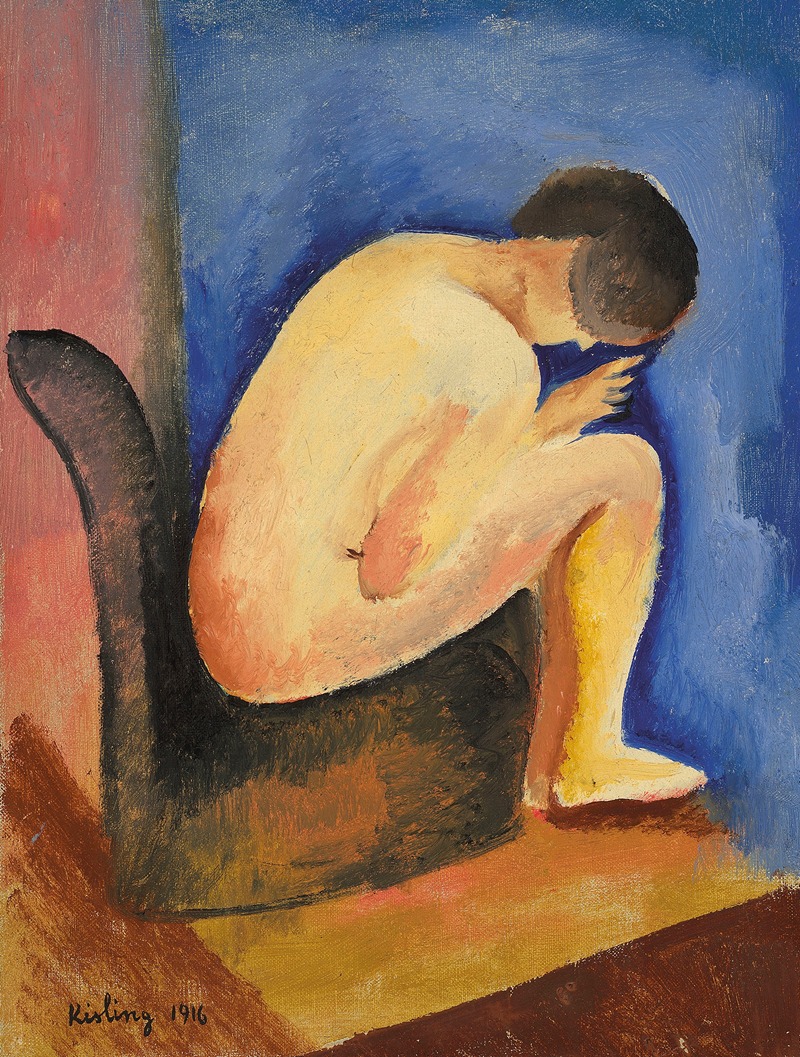
Nu assis
A hand-painted replica of Moïse Kisling’s masterpiece Nu assis, meticulously crafted by professional artists to capture the true essence of the original. Each piece is created with museum-quality canvas and rare mineral pigments, carefully painted by experienced artists with delicate brushstrokes and rich, layered colors to perfectly recreate the texture of the original artwork. Unlike machine-printed reproductions, this hand-painted version brings the painting to life, infused with the artist’s emotions and skill in every stroke. Whether for personal collection or home decoration, it instantly elevates the artistic atmosphere of any space.
Moïse Kisling, born Mojżesz Kisling on January 22, 1891, in Kraków, Poland, was a Polish-born French painter known for his distinctive style that combined elements of Cubism and Expressionism. He moved to Paris in 1910, where he became an integral part of the Montparnasse art scene, associating with notable artists such as Amedeo Modigliani, Jules Pascin, and Chaïm Soutine.
One of Kisling's notable works is "Nu assis" (Seated Nude), which exemplifies his mastery in portraying the human form with a unique blend of realism and stylization. This painting, like many of his nudes, showcases his ability to render the female body with a sense of volume and sensuality, while also incorporating a subtle yet expressive use of color and line.
"Nu assis" features a seated female figure, often depicted with a serene and contemplative expression. Kisling's approach to the human figure was influenced by his academic training at the School of Fine Arts in Kraków, as well as his exposure to the avant-garde movements in Paris. His nudes are characterized by their smooth, almost sculptural quality, with a focus on the curvature and natural beauty of the body.
Kisling's use of color in "Nu assis" is particularly noteworthy. He often employed a rich, warm palette that enhanced the sensuality of the subject. The background of his nudes is typically simple and unobtrusive, allowing the viewer to focus entirely on the figure. This technique creates a sense of intimacy and immediacy, drawing the viewer into the scene.
Throughout his career, Kisling's work received both critical acclaim and commercial success. He held numerous exhibitions in Paris and other European cities, and his paintings were collected by art enthusiasts and institutions alike. Despite the disruptions caused by World War II, Kisling continued to paint and exhibit his work, maintaining his reputation as a significant figure in the art world.
Kisling's contribution to the art of the early 20th century is significant. His ability to blend traditional techniques with modernist sensibilities allowed him to create works that were both innovative and timeless. "Nu assis" is a prime example of his skill in capturing the essence of his subjects, making it a valuable piece in the study of modern art.
Moïse Kisling passed away on April 29, 1953, in Sanary-sur-Mer, France. His legacy lives on through his extensive body of work, which continues to be celebrated for its beauty, technical proficiency, and emotional depth. "Nu assis" remains a testament to his talent and his unique vision, securing his place in the pantheon of great modern artists.





